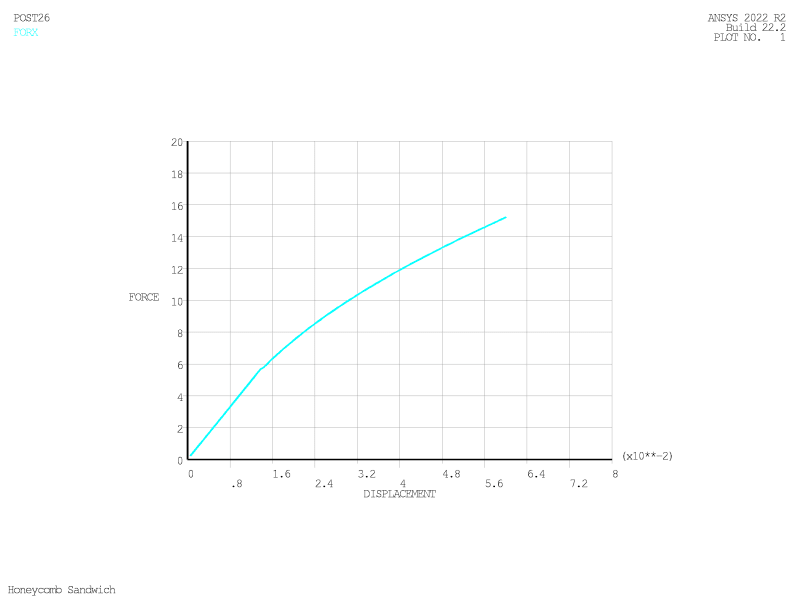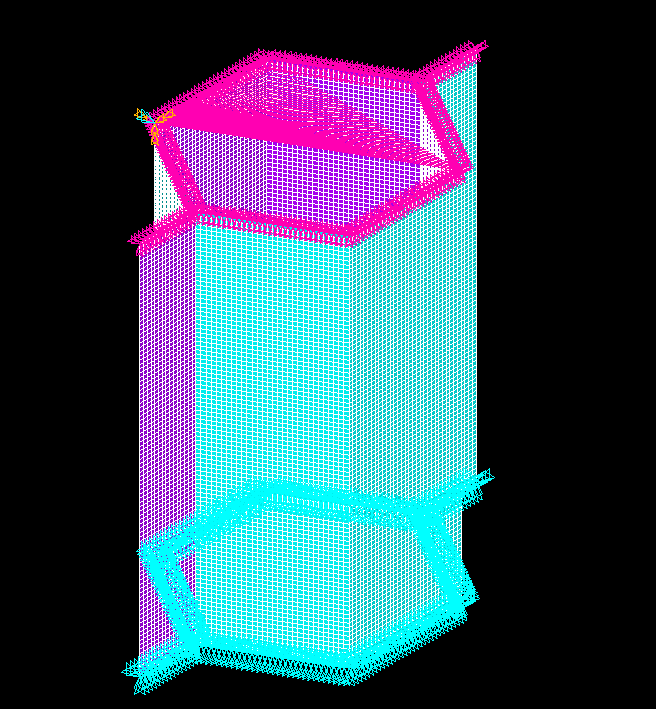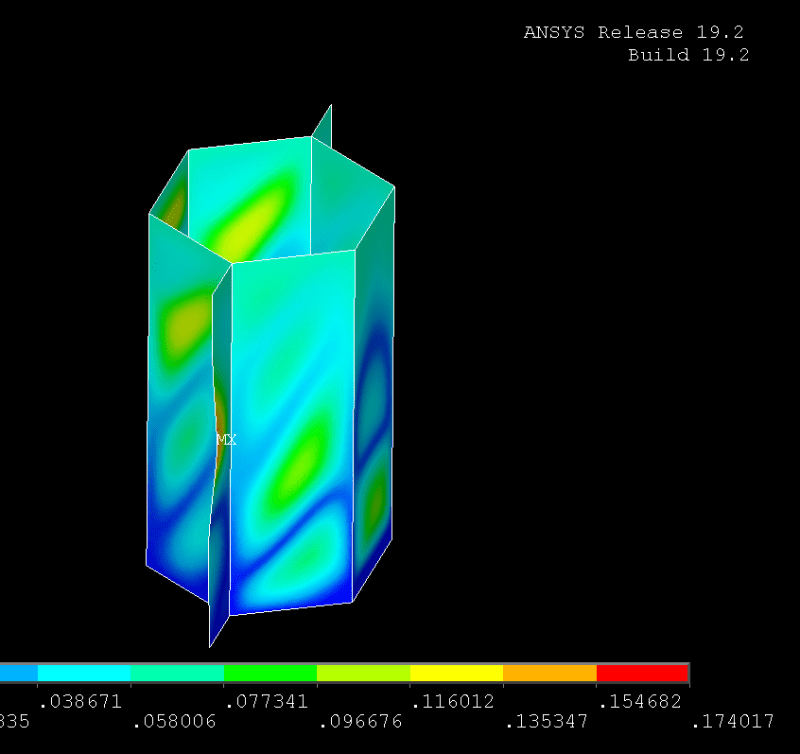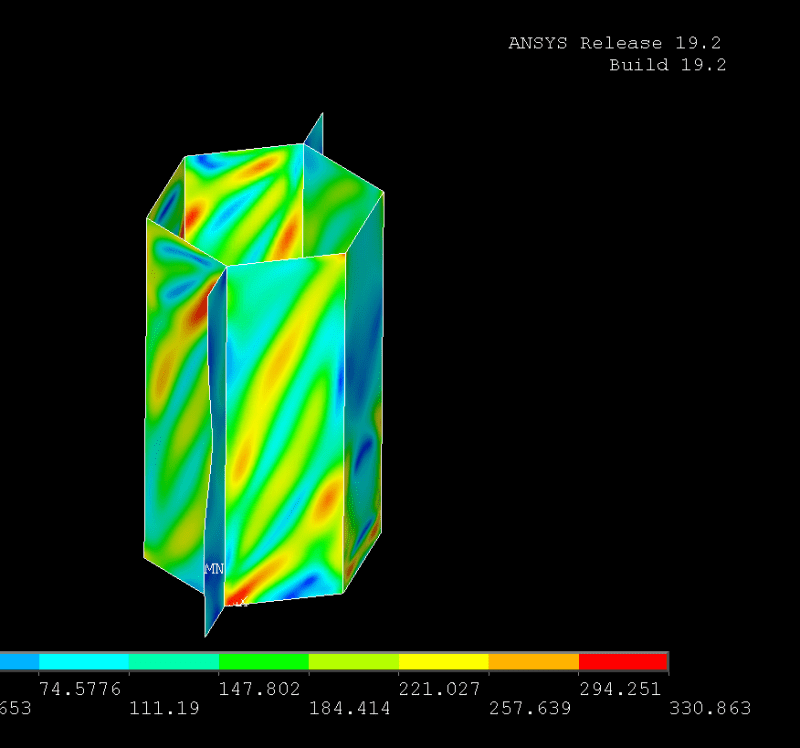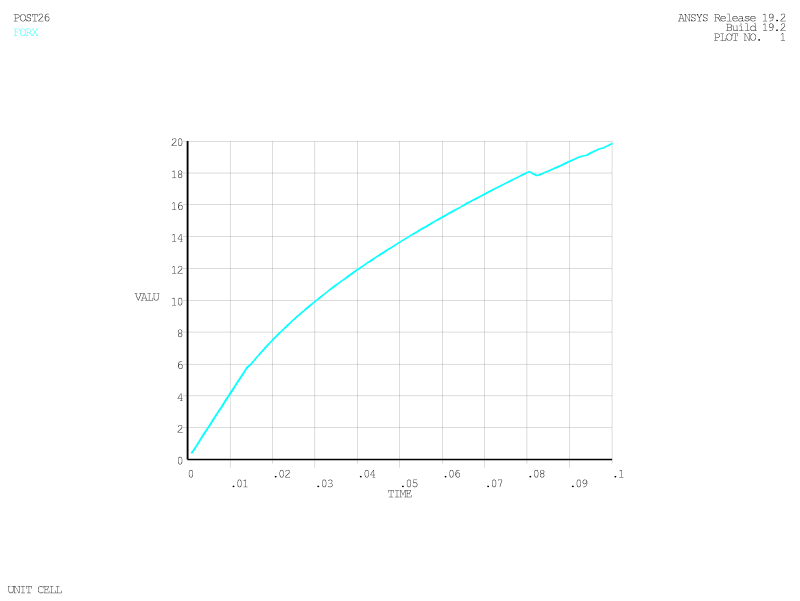Hello everyone,
I am running a nonlinear analysis with displacement control. The analysis always stops at the same point producing the same graph of force displacement.
does this mean it reaches the limit of the structure?
Material nonlinearities and large displacements are enabled
Displacement controlled loading
elements used shell181 ( Ansys Apdl software)
What approach should I follow to understand what's happening?
I am running a nonlinear analysis with displacement control. The analysis always stops at the same point producing the same graph of force displacement.
does this mean it reaches the limit of the structure?
Material nonlinearities and large displacements are enabled
Displacement controlled loading
elements used shell181 ( Ansys Apdl software)
What approach should I follow to understand what's happening?

